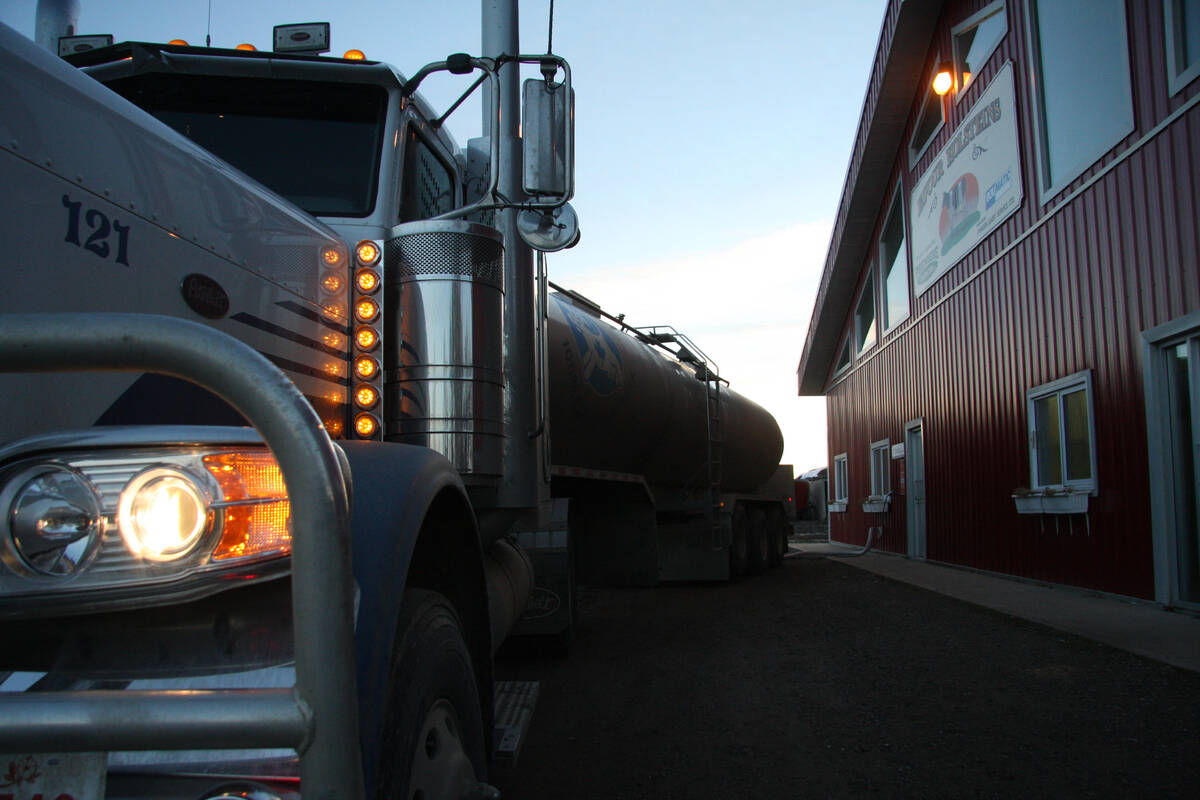It’s an issue that big-city bureaucrats can’t seem to wrap their heads around — an internet connection spread so thin that it’s nearly unusable during peak hours.
But in rural Alberta, it’s an all-too-common problem.

“The connection gets weaker and weaker the further you get away from the main corridor,” said Al Kemmere, president of Rural Municipalities of Alberta.
“The more remote you get, the bigger the challenge is.”
And it doesn’t seem to be going away any time soon.
In 2016, the Canadian Radio-Television and Telecommunications Commission (CRTC) launched a new funding program that would inject $750 million over five years to build or upgrade broadband internet service to underserved Canadians — namely, those living in rural areas.
The standard was set at 50 megabytes per second in download speeds and 10 Mbps in upload speeds — which would have brought underserved, rural areas more in line with urban centres.
But in a September announcement outlining details of its Broadband Fund (which will start accepting applications in 2019), the CRTC quietly adjusted its target speeds. It will now accept projects offering 25 Mbps for downloads and five Mbps for uploads — half of the original targets from two years ago.
Read Also

Milk transportation requires intricate logistics
Alberta Milk explains transportation system in Western Canada which sees millions of litres cross borders
“The commission considers that a minimum speed eligibility criterion of 25 Mbps download and five Mbps upload would be a meaningful and a significant first step towards meeting the universal service objective,” the CRTC said in a telecom regulatory policy released Sept. 27.
Two-class system
Kemmere disagrees.
“We were very disappointed to hear that they would set a lower threshold,” he said. “Two years ago when they made their initial call on this, the targets were only just reaching adequacy then. Now to roll it back to half of that capacity is putting us even further behind.”
That’s backed up by one of CRTC’s own reports, a 2017 study that found 84 per cent of Canadian households currently have access to 50 Mbps download speeds and 10 Mbps upload speeds. But the digital divide is made plain when looking at the breakdown between rural and urban areas — only 39 per cent of rural households have access to that level of service, compared to a whopping 96 per cent of urban households.
“It creates almost a two-class system,” said Kemmere. “The internet is where our world is. It’s where our business is. It’s where all of us have a connection point to be part of society.
“It’s a rapidly changing world, and to roll it back is just setting us on a further skid as far as our standards go.”
It’s particularly troubling for the agriculture industry, he added.
Things like cloud-based software, equipment manuals, and other online resources typically require higher-speed internet connections, and that isn’t the reality on a lot of Alberta farms.
“If farmers don’t have that connectivity, they’re going to have to find other ways to connect with resources to get the information they need,” he said.
“Agriculture is advancing so fast that if we don’t have the right connectivity, we’re going to be left behind.”
Legislating higher speeds
Kemmere understands the rationale behind the decision to lower the thresholds — the CRTC wants to make the program (and subsequent system upgrades) more appealing to service providers.
Providing internet to rural and remote locations is expensive, and these companies need to be incentivized to invest in these areas (or so the logic goes).
But the federal government needs a little stick to go along with the carrot, Kemmere said.
“They need to deal with this not only from a funding point of view, but also from a legislative point of view,” he said. “The service providers that are providing services in the more populated areas need to be mandated to provide a certain level of service in the rural areas that will make it more equivalent.
“And I believe that needs to be legislated in.”
Service providers that offer high-speed internet of 100 Mbps in an urban centre — “which is becoming more and more common all the time”— should be required to provide at least 75 per cent of those speeds in rural areas as well, he said.
“It’s probably not practical to go to the one-to-one service levels at this point, but they need to at least bring that level of service up,” said Kemmere.
“There appears to be some new technologies coming, and I believe the technology will come if it’s being mandated.
“But they’re still not reaching the more remote communities. There’s nobody pushing for it right now.”
And Kemmere isn’t optimistic that it’s going to get a whole lot better under the new Broadband Fund.
“It’s a problem in rural and remote areas that doesn’t seem to be going away,” he said. “The solutions that are being proposed are not keeping up with reality.”















